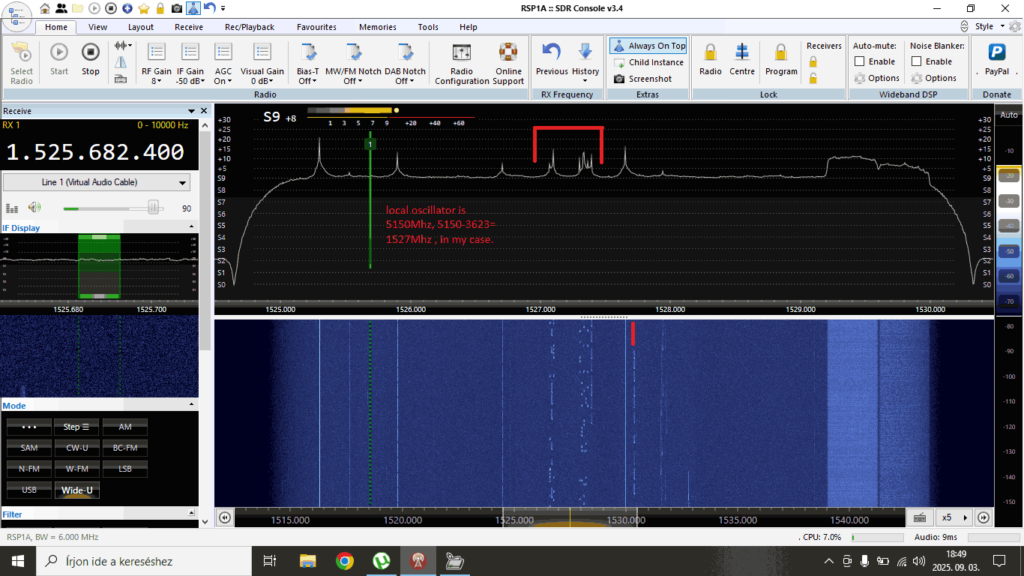Amateur Radio Direction Finding With a KrakenSDR: AREG Presentation
Over on YouTube, we've seen a talk by Mark Jessop that may be interesting to some readers, as it covers Amateur Radio Direction Finding / Fox Hunting with the KrakenSDR, as well as various other radio tools. If you are unaware, KrakenSDR is our 5-channel coherent RTL-SDR based software defined radio system, designed for coherent applications like radio direction finding.
In the talk, Mark explains the amateur radio fox hunting sport, which involves the organizer hiding a transmitter somewhere in a defined area and having participants search for it using just its radio emissions. He goes on to show the different types of antennas, radio systems and vehicle setups participants used.
Mark further explains that on his particular vehicle, he uses a KrakenSDR as the primary receive system. He explains how the KrakenSDR works, how he integrated it into this vehicle and the custom software and LED display that he is using with it.




